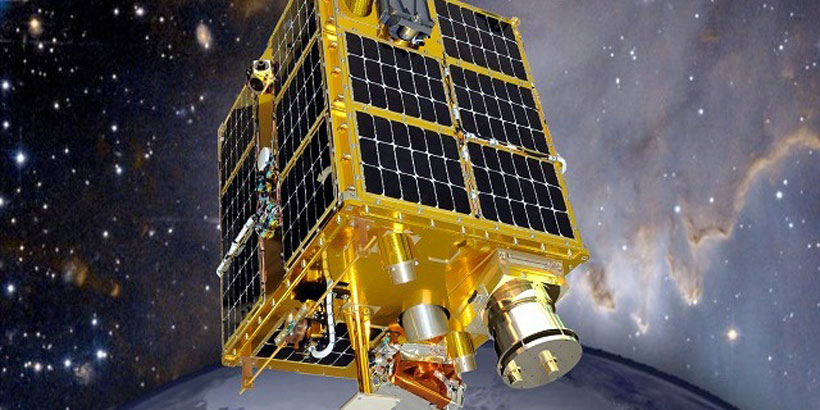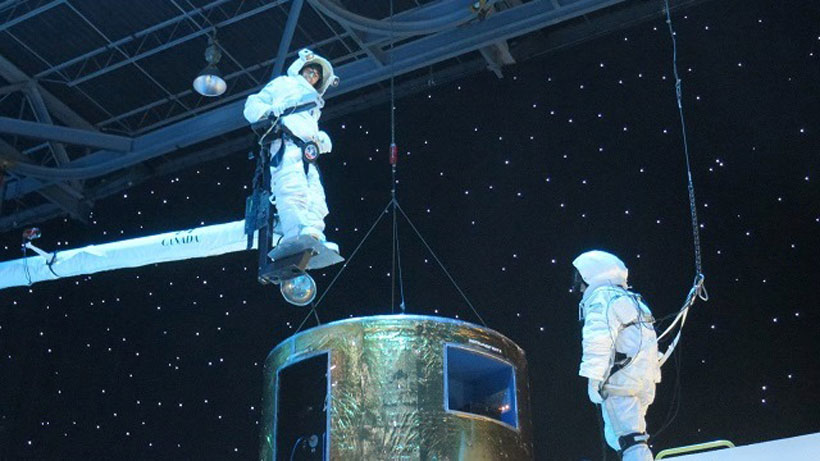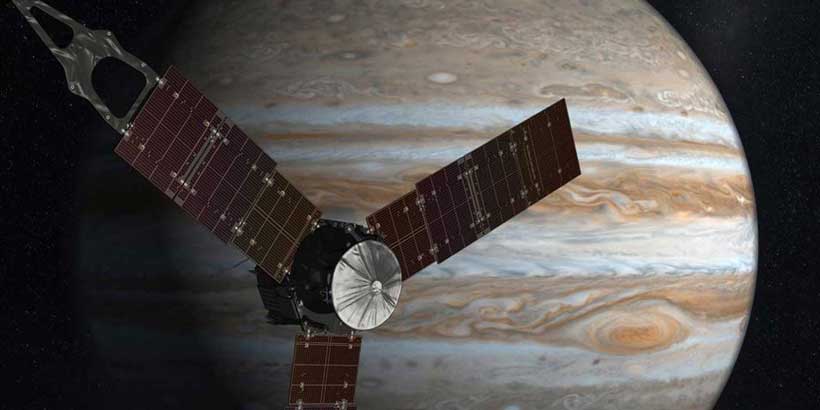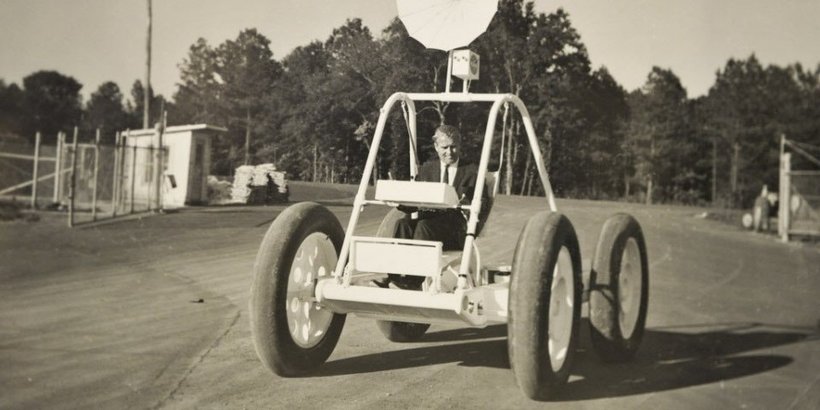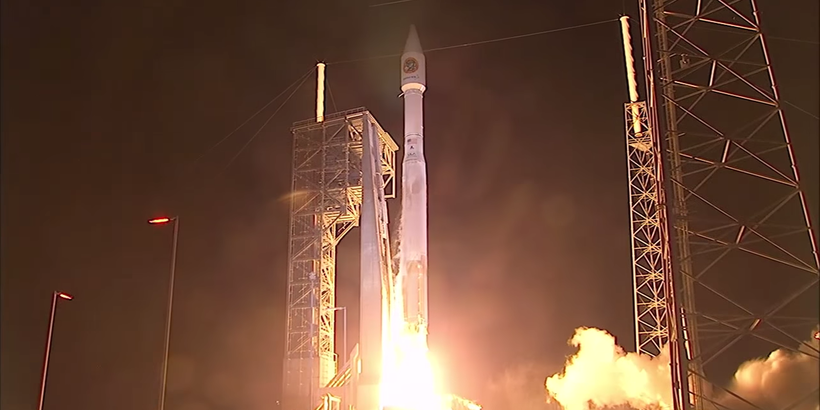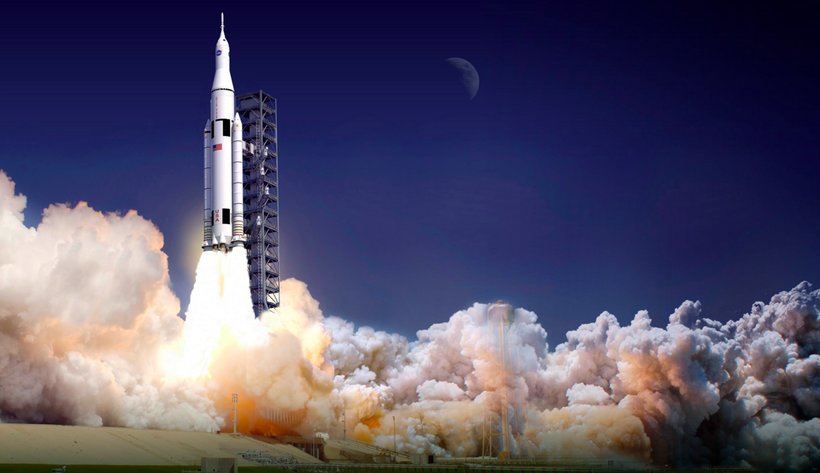
WASHINGTON, D.C. – The head of NASA had high praise for Alabama’s Marshall Space Flight Center on Thursday, calling it “the place that people go” any time they are considering a mission that requires rocket propulsion.
The comments from NASA Administrator Charles Bolden, Jr. came during a hearing of the House Space Subcommittee, where he was being questioned by Alabama Congressman Mo Brooks (R-AL5).
“There is no question…whether we are talking to [the Department of Defense] or anybody else outside of NASA, that Marshall is the place that people go when they want to discuss in-space and leaving-the-Earth propulsion issues,” said Bolden.
NASA has been focused on the “Journey to Mars” mission for some time, and with the success of the film “The Martian” last year, public interest has greatly increased as well. Brooks and Bolden discussed how Huntsville’s Marshall Center would continue to play an increasingly important role in this journey.
Brooks asked Bolden specifically about Nuclear Thermal Propulsion, which Marshall has been developing for years. The nuclear-powered engines have the capacity to be smaller but more powerful than the engines currently in use. However, because hydrogen inside the engines can reach temperatures in excess of 4040 degrees Fahrenheit, their performance is limited by the capacity of solid materials to withstand heat.
Nuclear Thermal Propulsion technologies were the subject of a test series at Marshall in 2014, during which NASA engineers explored “Ticket to Mars” technologies. Researchers utilized an innovative test facility to study the properties of highly promising nuclear fuels — without the risk of radiation exposure associated with handling these potent power sources.
“We are on a Journey to Mars and most people believe that—in the end—Nuclear Thermal Propulsion will probably be the most effective form of propulsion to get there,” said NASA Administrator Bolden. “Again, Marshall is the dominant Center, they have most of the capability there, and they’re working with some of their local contractors who are helping them with developing Nuclear Thermal Propulsion.”
NASA and private contractors in Huntsville are deeply involved in the Journey to Mars. Last year, John Honeycutt was appointed to lead the Marshall Center’s Space Launch System (SLS) – the most powerful rocket ever built.
(Video below: NASA Administrator Charles Bolden, Jr. testifies in the House Space Subcommittee)






